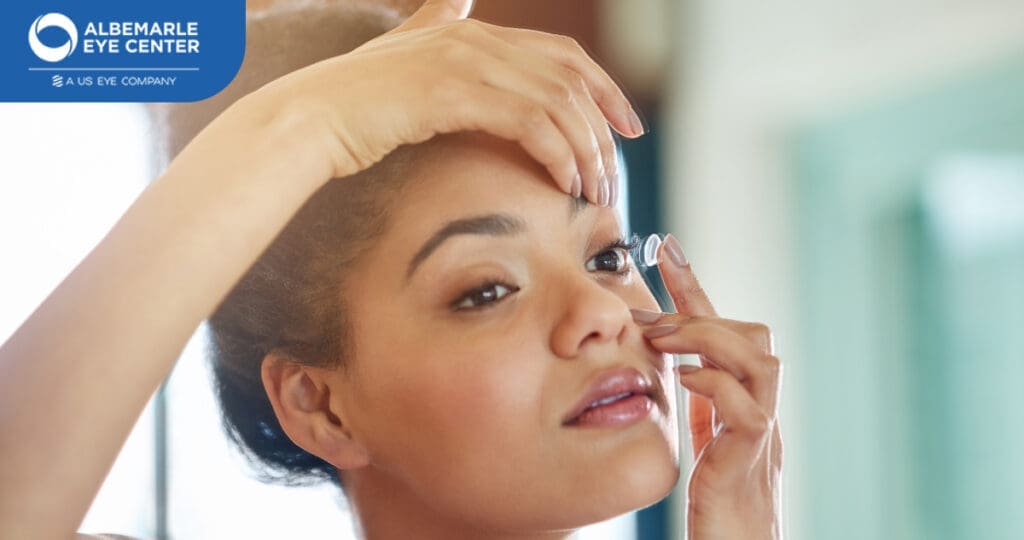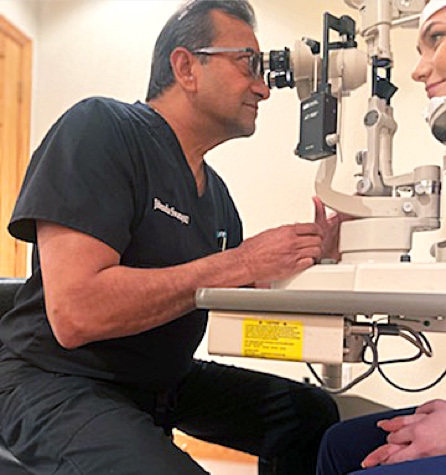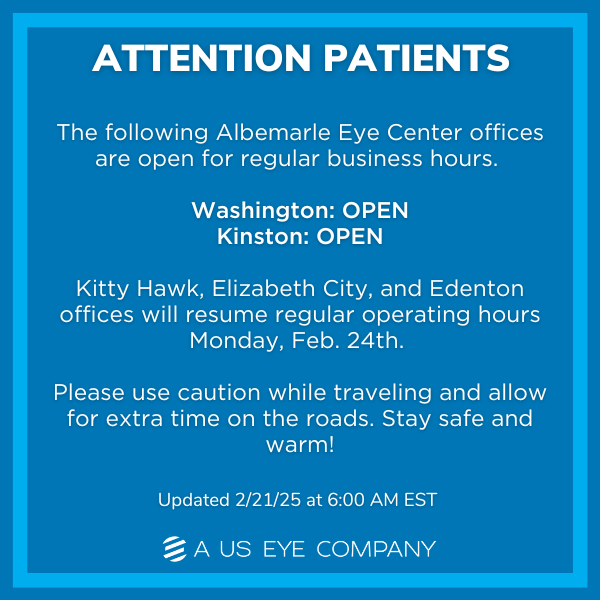After glaucoma eye surgery, many patients are concerned about whether or not they will be able to return to contact lenses. In many cases, it is possible. The specifics depend on the procedure, how the eye heals, and how a lens interacts with the surgical site. First, your surgeon clears the eye to wear contacts again. Then a contact lens specialist checks fit and comfort so the wearer feels healthy day to day.
What Guides the Decision
The plan starts with the basics: what surgery was done, how the eye is healing, and how the lens sits on the surface. The type of glaucoma eye surgery patients had plays a significant role in the decision, as well as the health of the surface, pressure stability, and how the lens behaves on the eye. Your surgeon confirms healing and pressure trends, and a contact lens fitter then tests comfort, movement, and vision. The goal is to gradually increase wear time in small increments.
How Different Surgeries Affect Contact Lens Wear
Laser Procedures (SLT, LPI)
Selective Laser Trabeculoplasty is a common laser treatment for glaucoma for people with open-angle glaucoma. It works in the eye’s drainage system and does not alter the outer surface. Many patients return to wearing lenses once they have healed. Laser peripheral iridotomy for narrow or closed angles follows a similar path. These are often documented as glaucoma laser surgery or a laser operation for glaucoma.
MIGS (minimally invasive glaucoma surgery)
Most devices sit inside the eye and leave the surface unchanged. After pressure and inflammation settle, soft or rigid lenses can be fit. This procedure creates a small drainage area on the white part of the eye, known as a bleb, typically located under the upper eyelid. Standard soft lenses can rub that area. Two designs are normally used: scleral lenses that vault the cornea and sit away from the bleb, and custom rigid gas-permeable lenses that are edged to avoid contact with it.
Tube Shunt
A tube and plate rest on the eye to move fluid. Lens edges should not press on that hardware. Scleral lenses or modified rigid lenses that clear the tube are typically the preferred choices.
Combined Cataract and Glaucoma Procedures
Refraction can shift. The team waits for a stable prescription and a calm surface before fitting or refitting lenses.
Open-angle Glaucoma Surgery and Contacts
After procedures for open-angle glaucoma are completed, lens use is often feasible once the pressure is stable and the surface is healthy. Timing is set in follow-up visits.

A Simple Return-to-Wear Timeline
The goal is to gradually return to lenses. Your surgeon and fitter set the pace; the steps below outline a typical path.
- Heal first. The surgeon confirms a quiet surface, stable pressure, and a steady drop plan.
- Test wear. Short sessions check comfort, vision, and centration.
- Build time. Hours increase as the eye allows.
- Set a routine. Replacement schedule and follow-ups are defined; pressure checks continue.
If redness, pain, or blur appear, stop wearing the lenses and call the office.
Lens Designs that are Often Used
Different designs solve different problems. Your fitter selects the option that gives a clear vision without mechanical irritation.
Soft lenses. Useful after lasers and many MIGS cases. Flexible materials can feel better on sensitive surfaces. Daily disposables reduce deposits for some wearers.
Rigid gas-permeable lenses. Provide crisp vision and can be edged so the lens does not touch a bleb or tube area.
Scleral lenses. Vault over the cornea and hold a fluid reservoir. They can improve comfort on dry or irregular surfaces and keep the lens away from surgical sites.
Care that Protects the Result
Handling and hygiene matter even more after surgery. A few habits lower the risk and keep the surface calm.
- Wash and dry your hands before touching lenses.
- Use the care system your clinician recommends. Preservative-free options are available for sensitive eyes.
- Replace lenses promptly and avoid overusing a single pair
- Skip wearing on days the eye feels irritated.
- Keep every follow-up. Pressure, corneal health, and fit are checked at these visits.
Red Flags that Need a Call
Know when to pause wearing and contact the clinic. Quick action prevents minor issues from growing.
Stop wearing your lenses and call if you notice any of the following symptoms: pain, light sensitivity, ongoing redness, sudden blur, halos, discharge, or a lens that will not center.
When Glasses are the Better Choice
Some situations make contacts less safe, such as a thin or exposed bleb, surface disease that flares with lenses, or irritation that returns despite careful fitting and care. Your team will explain options and set a plan that protects eye health first.
Plain Answers to Common Questions
How soon can Lens use Begin again after a Laser?
After SLT or a similar laser treatment for open-angle glaucoma, many patients resume wearing lenses once the eye is quiet and pressure checks are stable. Your surgeon sets that date.
Are Contacts Possible after a Tube or Trabeculectomy?
Often yes, with the right design. The priority is a lens that does not rub the surgical site. Scleral or custom rigid lenses are standard solutions.
Will the Prescription Change After Surgery?
It can, especially if cataract surgery was done at the same time. Fitting happens when the prescription and surface are stable.
Do Contacts affect Eye Pressure?
A well-fit lens should not raise pressure. Follow-ups include pressure checks to confirm the plan is on target.
Work with the Right Team
Results are best when glaucoma specialists and a contact lens fitter coordinate. Ask how often they fit lenses after the procedures listed above, what designs they use to protect surgical areas, and how they monitor pressure and surface health during wear.
The Bottom Line
Many people wear contacts safely after glaucoma eye surgery. A safe return depends on the procedure, the healing process, the lens design, and regular follow-up. With a plan that respects those factors, contact lenses can be part of a stable vision correction routine.
Schedule a post-operative contact lens assessment with the glaucoma team at Albemarle. Bring your procedure details and any past lens history. The team will review healing, discuss options, and map a step-by-step path back to comfortable, safe lens wear.


















